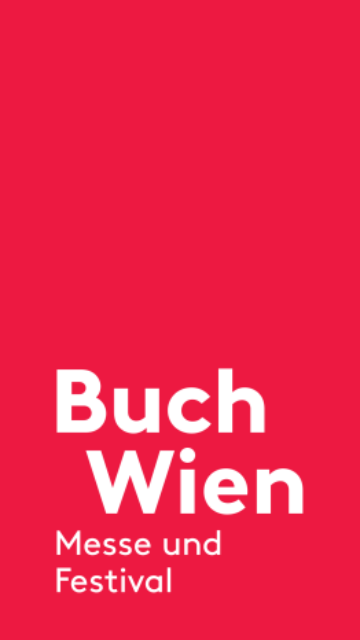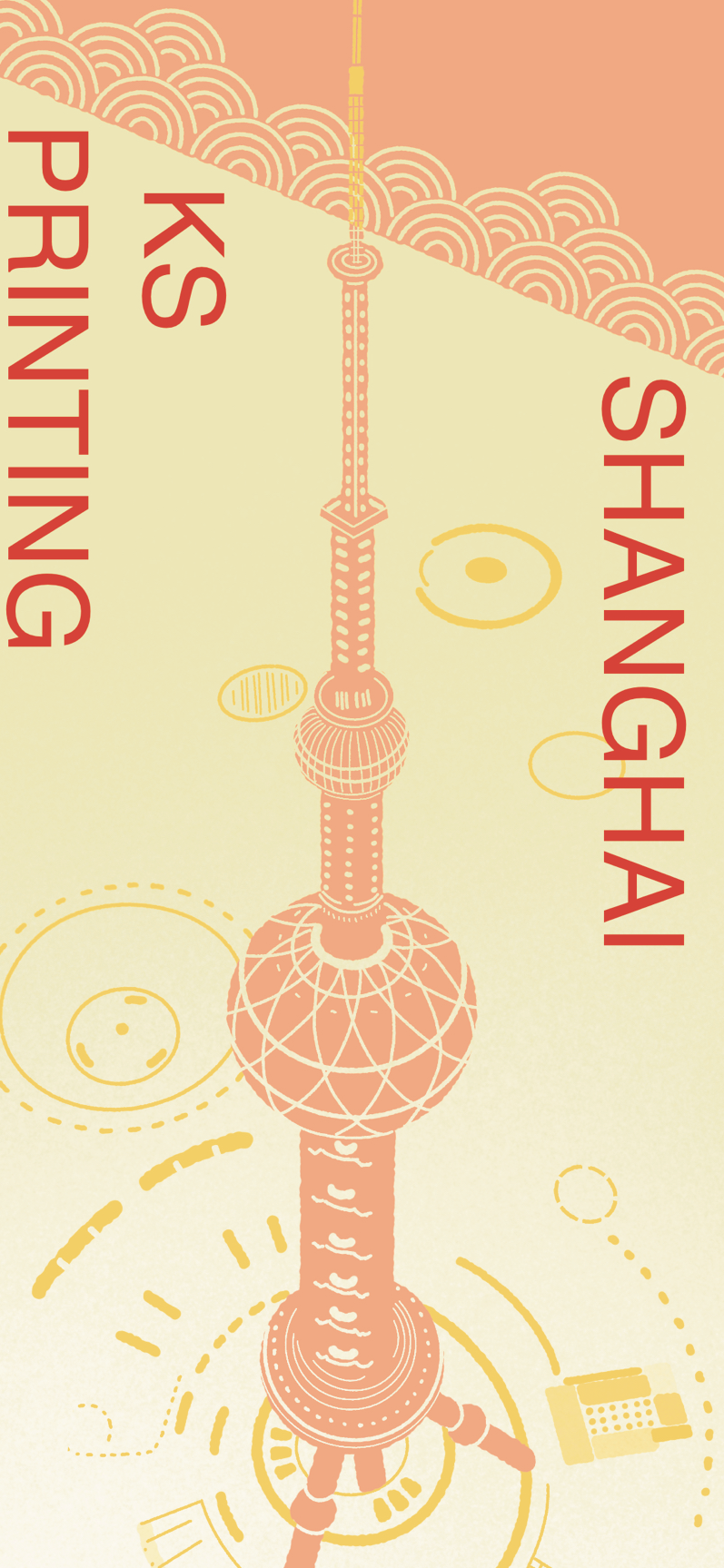Must-know knowledge of printing design, printing resolution introduction.
2021-04-02
This article provides a detailed overview of printing resolution, including how much solution is appropriate for printing.
Many students who have not been in contact with printing often ask questions like: what is the resolution of printing, how much printing resolution is appropriate? With these questions, we come together to answer the knowledge related to printing resolution.
Resolution refers to the number of pixels per inch contained on a bitmap image in PPI (pixels per inch).
Pixels are a unit used to calculate digital images. Like photographs, digital images have a continuum of shades and tones. If we enlarge the image several times, we will find that these continuous tones are made up of many small squares of similar colours, which are the smallest unit of the picture "pixels." Pixels and resolution are inextricably linked.
1. The importance of resolution
1).Detail and clarity
Resolution determines the level of detail of a bitmap image. Usually, the higher the resolution of an embodiment, the more pixels it contains, the more precise the image, and the better the printing quality.
Image resolution and image size (pixels) together determine the file size and output quality, with the file size being proportional to the square of its image resolution. If the image size is kept constant and the image resolution is doubled, the file size increases to four times the original file size. In other words, the size of the solution is inseparable from the image size and the file size, and these three parameters are interdependent. Figure 1 and Figure 2 show the image display quality of the same size image at different resolutions.
_691156.png)
When designing a print, it is essential to clarify the required resolution of the image and set the correct answer in the design software to avoid repeated modifications afterward. If there is a new document at the beginning of the resolution built on the dire situation, then you can only change the resolution from large to small, but not to change the resolution from small to large.
For example, if you design a business card with a standard size of 90mm×54mm, the correct resolution should be set to 300PPI. Still, when you create a new document, the answer is set to 600PPI, then you can change 600PPI to 300PPI, there is no problem, and it will not affect the printing quality; if you set the resolution of the business card to 100PPI when you create a new document, then you cannot change 100PPI to 300PPI directly. This will damage the file and affect the final printing quality. In this case, you can only redesign and create a new one with the correct resolution size.
2).The relationship between resolution and total pixels
Many people have a misconception about the choice of image resolution, thinking that the higher the answer, the better, no matter what pictures directly in the design software to 300 PPI, in fact, the key still depends on the rate of loss of image details or image accuracy is not high, that is, the total number of pixels is not high, many of the images downloaded online. However, the resolution is only 72 PPI, the loss of detail is minimal, the same printing effect is also good.
I believe you will confidently say: "Of course, choose landscape one because this picture pixel to be larger!". Yes, the pixel size comparison is obvious, and a larger pixel image contains more information and is better for printing.
But pixels are not the only factor that determines the image to be printed. Any image contains two pieces of information, pixels, pixels per inch. The total number of pixels in an image = image size in inches x pixels per inch (PPI).
It follows that the total pixel amount of an image is the most important and determines how much information the image contains. The larger the pixel count of a material image, the larger the printable size to meet printing requirements. Forcing a picture with a small pixel count to a specified number of pixels will result in a blurred image.
Knowledge expansion.
The easiest way to check the accuracy of an image is to put the idea into Illustrator or CorelDRAW software, enlarge the image 2~3 times, observe the accuracy, and if the quality is acceptable, then convert it to 300 PPI before printing.
2. What is the appropriate printing resolution?
If the resolution is too low, the image will be blurred easily; if the answer is too high, the file will be significant and time-consuming, and it may cause printing paste. Therefore, designers should set the resolution flexibly according to different printing methods.
In traditional print design, the resolution is generally two times the number of printing lines (the next point of knowledge introduced); the specific reference settings are as follows.
① general four-colour printing, including ordinary magazines, the resolution is set at 250-300 PPI.
② fine picture books, calendars, resolution setting 350-400PPI.
③ Newspaper printing, the resolution is setting 150-200PPI.
④ Airbrush is also a kind of printing. The airbrush design resolution setting is more memorable. Airbrush design, its resolution is shallow, mainly depends on the size of the airbrush, the distance between the work and the audience. Airbrush design, the answer is generally 25-72PPI.
⑤ indoor photo, the width is small, people close to view, the resolution can be set at 72 PPI; if it is outdoor advertising, the size is large, such as an area of more than ten square meters, it is set to 25 PPI is sufficient.
Nowadays, many design materials are taken from digital cameras. Since the default image resolution of photos taken by digital cameras is 72 PPI, the solution needs to be modified when the images are applied to the design works.








































